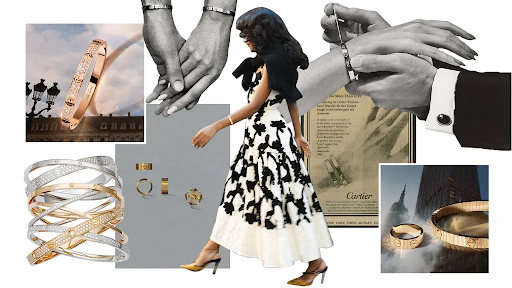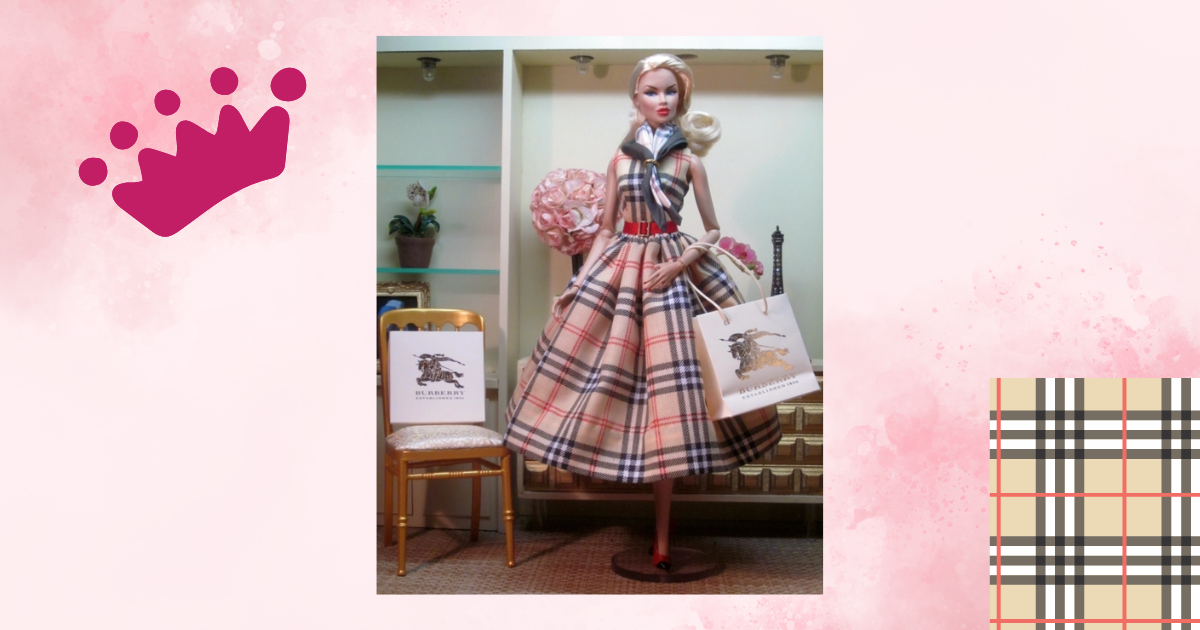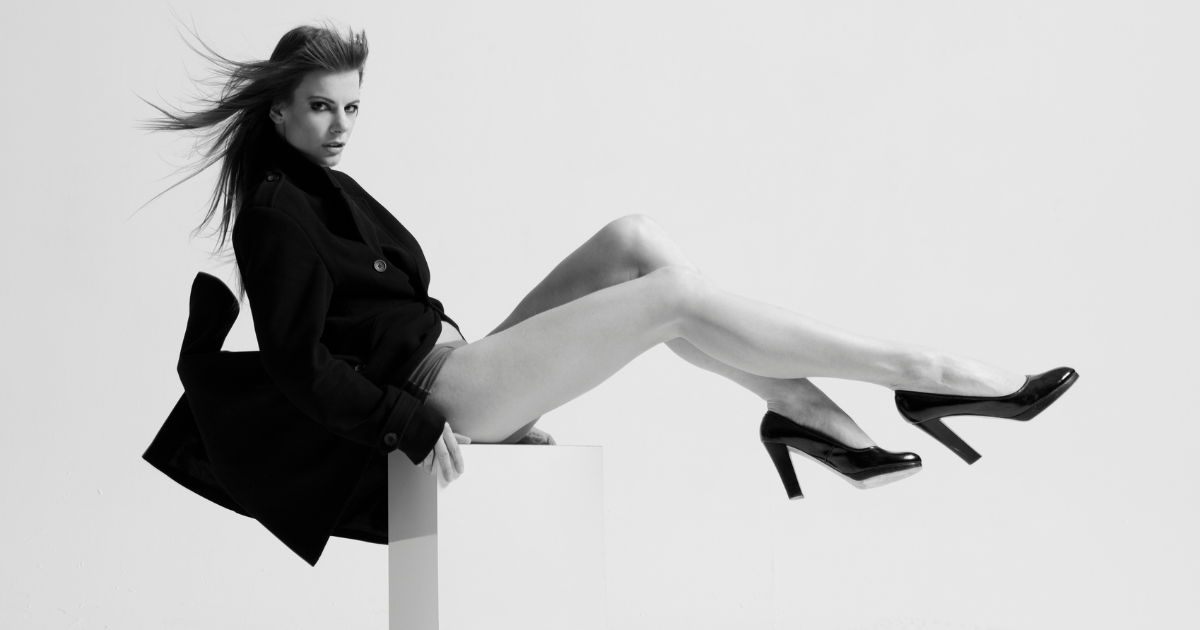Introduction:
Fashion plays a pivotal role within society, serving as a means of reflecting individual style and facilitating self-expression. In the context of professional environments, dress codes frequently govern individuals’ fashion selections. The implementation of a dress code within the workplace is imperative in upholding professionalism and fostering an appropriate atmosphere. However, it is imperative to achieve a harmonious equilibrium between upholding organisational norms and honouring the rights of employees. This article examines the intricacies of fashion and workplace dress codes, with a particular focus on legal implications and the potential for discriminatory practises.
Importance of Dress Codes in the Workplace:
Workplace dress codes serve several purposes, including projecting a professional image, promoting a cohesive company culture, ensuring safety, and establishing customer confidence. A well-defined dress code can enhance brand identity, boost employee morale, and contribute to a sense of belonging. It helps maintain decorum and professionalism, setting the tone for both employees and clients.
Legal Considerations:
Employers must be aware of legal considerations when implementing dress codes to avoid potential discrimination claims. Several factors should be considered to ensure that dress codes comply with applicable laws and regulations:
- Equal Employment Opportunity Commission (EEOC) Guidelines: The EEOC provides guidelines on workplace dress codes to prevent discrimination based on protected characteristics such as race, colour, religion, sex, national origin, disability, or age. Dress code policies should not disproportionately impact certain groups or create a hostile work environment.
- Reasonable Accommodations: Employers must make reasonable accommodations for employees’ religious beliefs or disabilities. For example, allowing religious head coverings or accommodating wheelchair users’ dress requirements is essential to avoid discrimination claims.
- Gender Neutrality: Dress codes should be gender-neutral, ensuring that requirements and restrictions apply equally to all employees. Different standards for men and women may be seen as discriminatory. Companies should avoid stereotyping or imposing traditional gender roles through their dress codes.
Addressing Discrimination Issues:
To promote inclusivity and prevent discrimination, employers can take the following steps:
- Clear and Specific Policies: Employers should establish clear, written dress code policies that outline expectations and restrictions. These policies should be communicated to all employees, ensuring everyone is aware of the guidelines and any potential consequences for non-compliance.
- Consistency and Flexibility: Dress codes should be enforced consistently to avoid any perception of bias or discrimination. Employers should also consider flexibility in their dress code policies to accommodate cultural, religious, or disability-related needs. This can foster an inclusive and diverse work environment.
- Consultation and Feedback: Engaging employees in the development or revision of dress code policies can help ensure that diverse perspectives are considered. Encouraging feedback and providing channels for dialogue allow employees to express concerns and contribute to a more inclusive dress code policy.
Conclusion:
In conclusion, the implementation of fashion and workplace dress codes serves as a crucial factor in upholding professionalism and cultivating a harmonious work atmosphere. Nevertheless, it is imperative for employers to effectively manage their dress code policies by taking into account legal obligations and proactively addressing potential instances of discrimination. Employers have the ability to cultivate a dress code that upholds professionalism in the workplace while simultaneously honouring individuality through the implementation of well-defined policies, the promotion of inclusivity, and the provision of accommodations for diverse needs. In essence, the implementation of a thoughtfully designed dress code has the potential to foster a favourable work environment and augment overall employee contentment.
Author: Avni Bansal

















